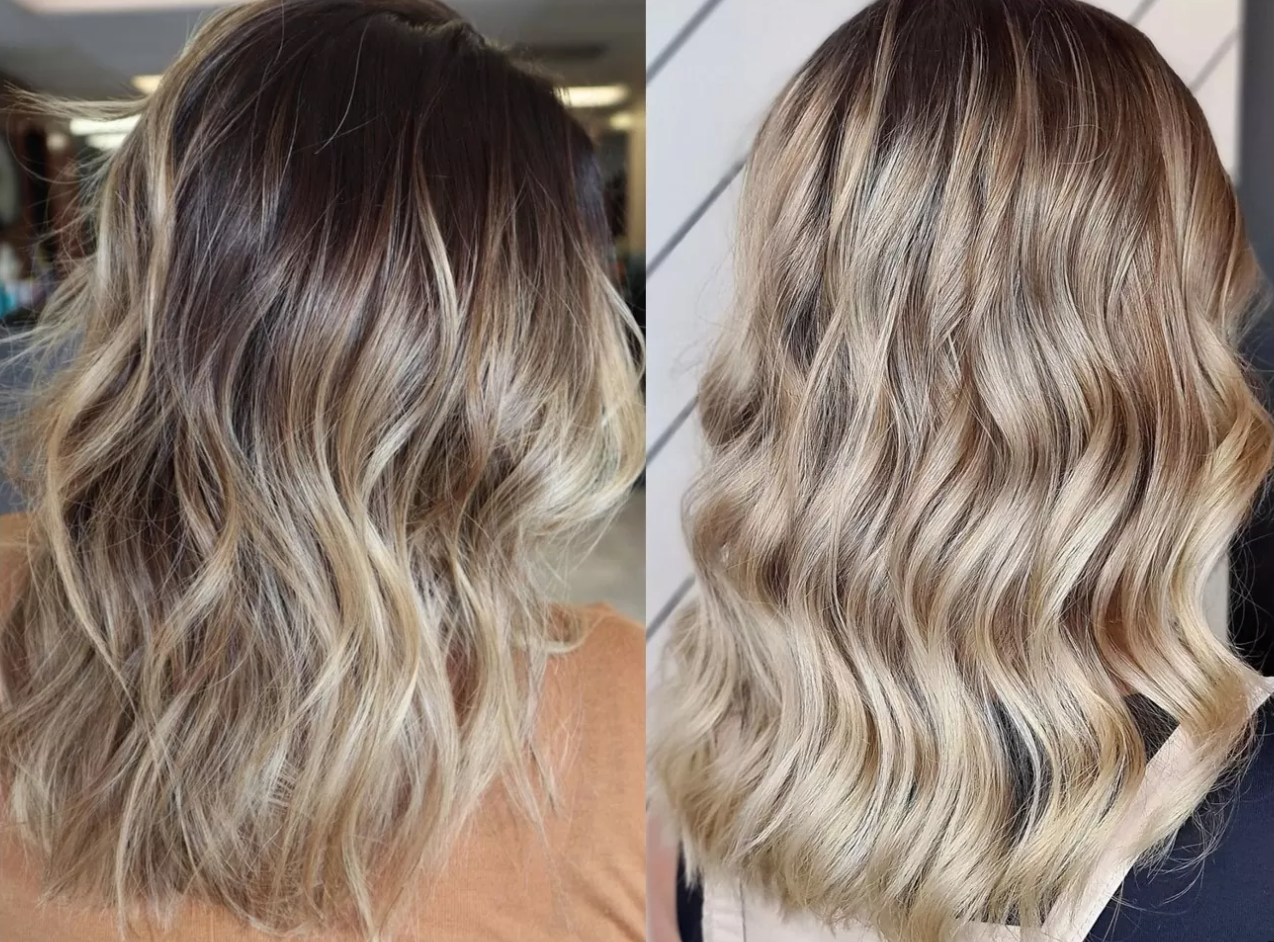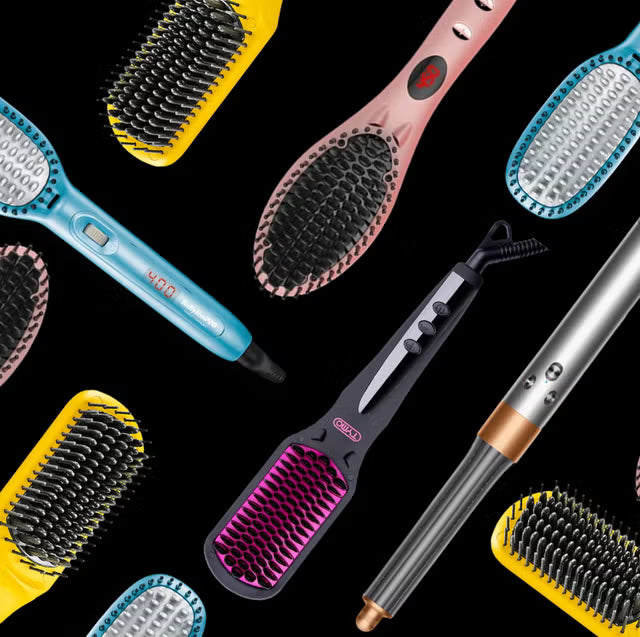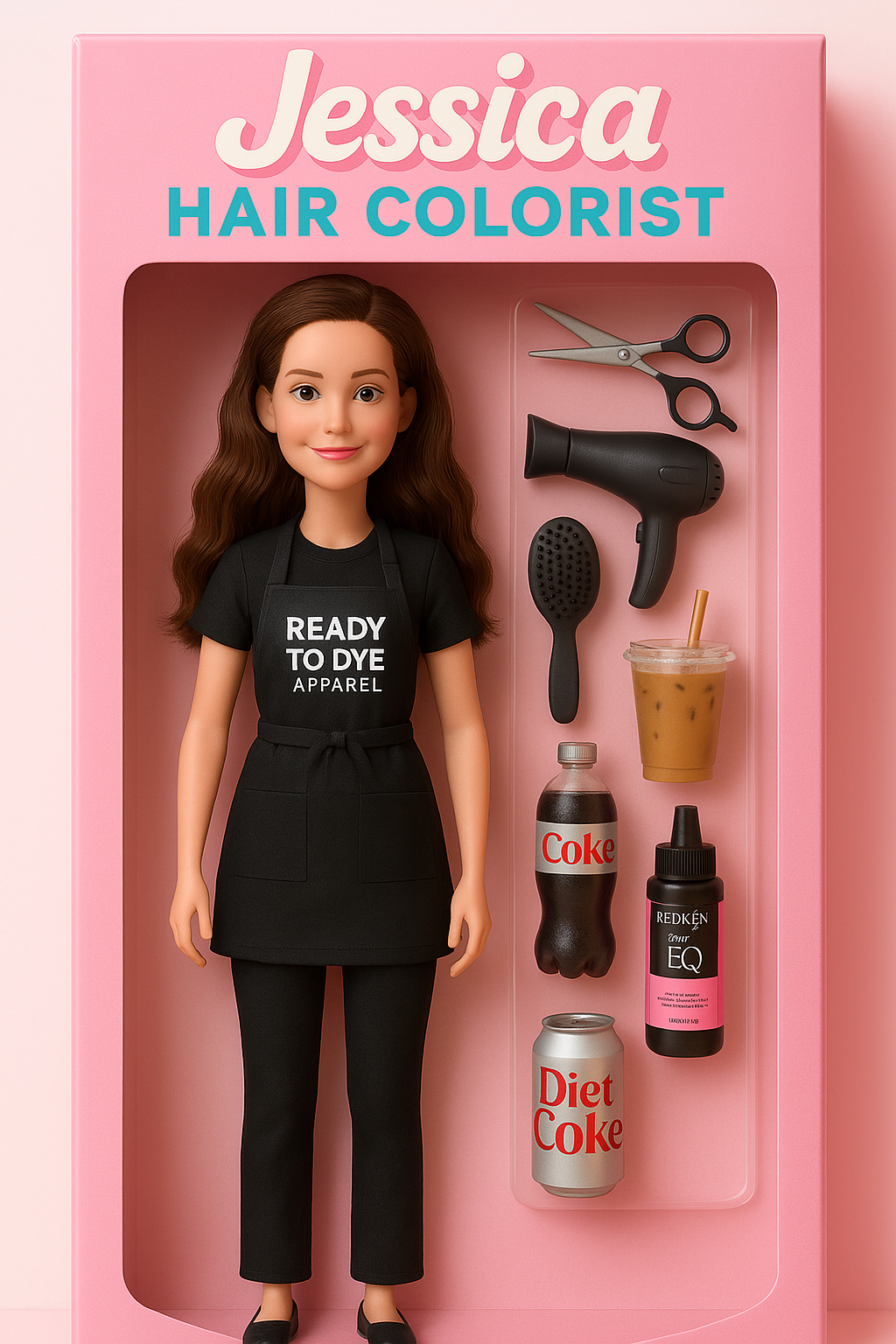1. Balayage:
(Pronunciation: BAH-LAY-AHZH)

Balayage is a French word that means "to sweep" or "to paint." It's a popular hair coloring technique where your stylist hand-paints highlights onto your hair to create a natural, sun-kissed effect. The result is a softer and more blended look compared to traditional foil highlights. This is a great option for a beautiful yet lower maintenance color, due to the blend around the roots.
2. Ombre or Melt:
(Pronunciation: AHM-BRAY)

Ombre is another trendy coloring technique where your hair transitions from a darker shade at the roots to a lighter shade towards the ends. It creates a gradient effect, with the color gradually fading from one hue to another. Ombre can be bold and striking or subtle and natural, depending on your preferences.
3. Pixie Cut:

A pixie cut is a short, chic haircut that's know for its cropped length. It typically features short sides and back with longer, textured layers on top. Pixie cuts are low-maintenance and can be customized to suit your face shape and style.
4. Bob:
The bob is a classic haircut that's characterized by its short-to-medium length, typically ending around chin or shoulder level. Bobs can be straight, wavy, or curly, and they can be further customized with variations like the lob (long bob) or the asymmetrical bob.
5. Highlights vs. Lowlights:

Highlights are sections of hair that are lightened to a shade lighter than your natural color, while lowlights are sections that are colored darker. These techniques are often used to add depth and dimension to your hair color.
By adding a darker lowlight in the hair, you can accentuate the highlights and make them brighter by contrast.
6. Partial Highlights vs. Full Highlights:

Partial highlights are a popular choice for those looking to brighten up their hair subtly. These highlights focus on specific sections of your hair, typically the top layer and around the face, leaving the rest of your hair its natural color. This technique is fantastic for adding dimension, framing your face, and creating a sun-kissed effect.
As the name suggests, full highlights involve adding highlights throughout your entire head of hair. This technique provides a more uniform and all-over lightening effect. Full highlights can be used to achieve a dramatic transformation, especially if you're looking to go significantly lighter than your natural hair color.




